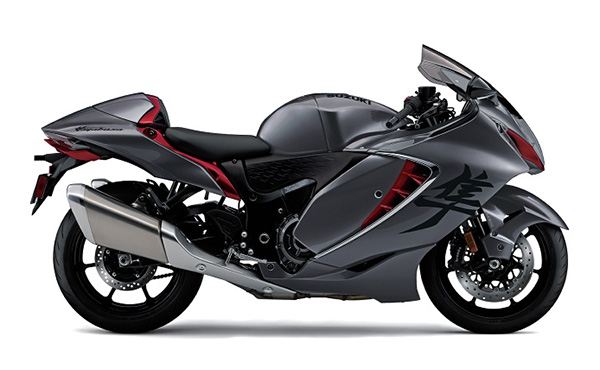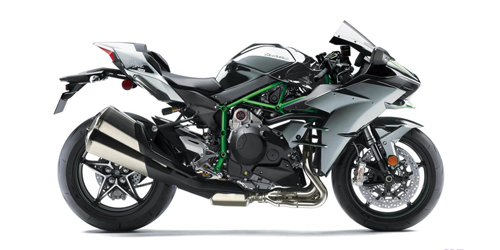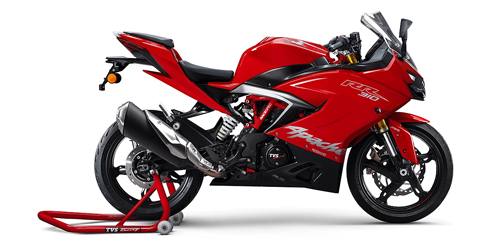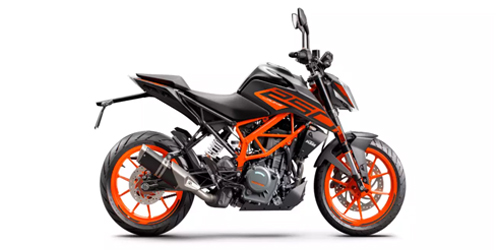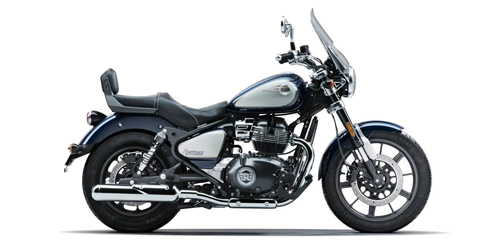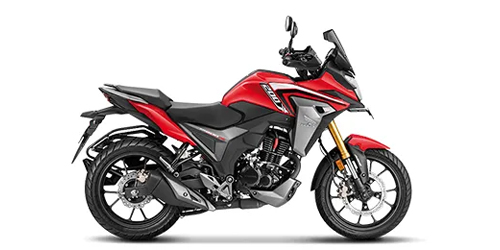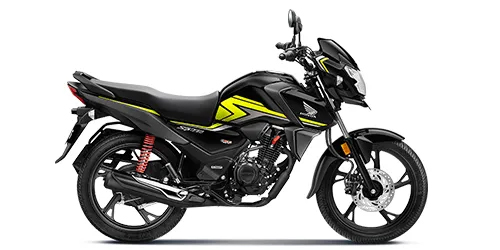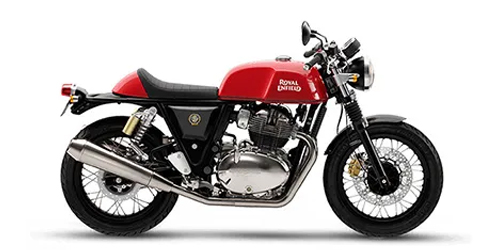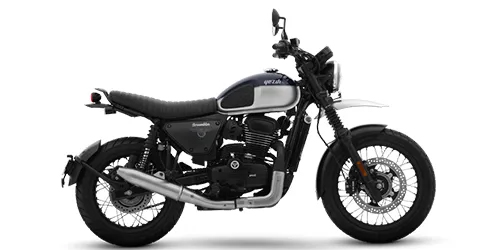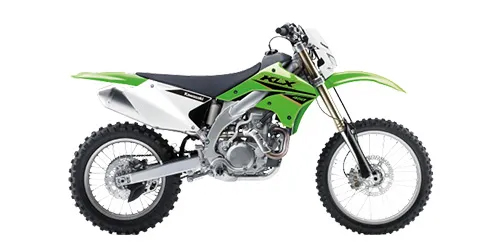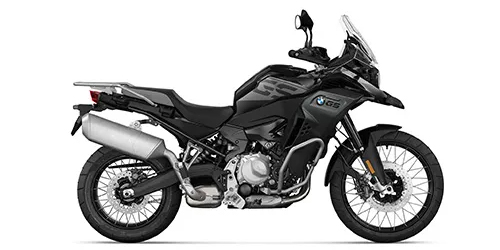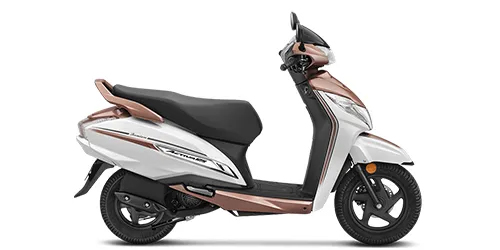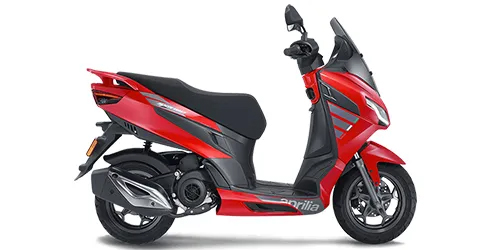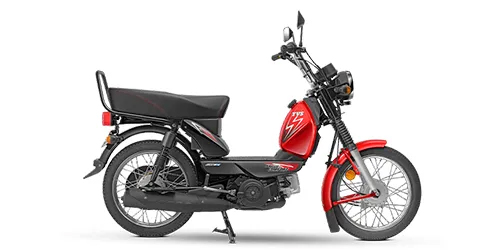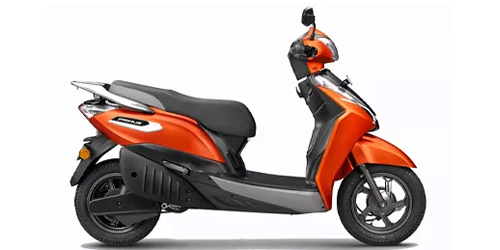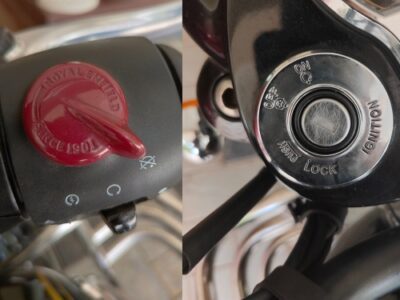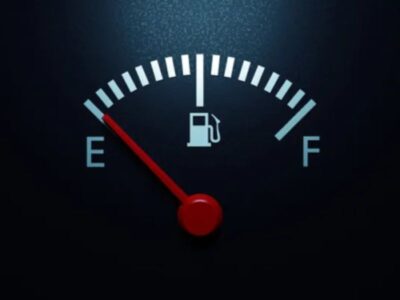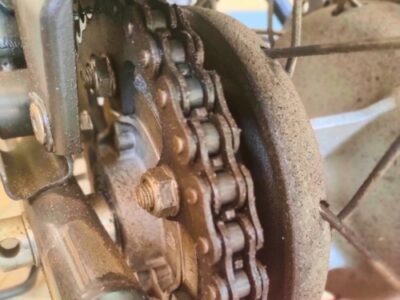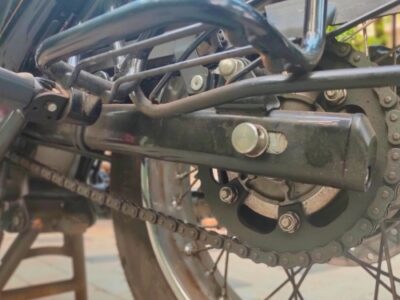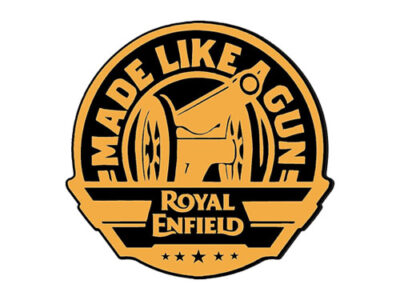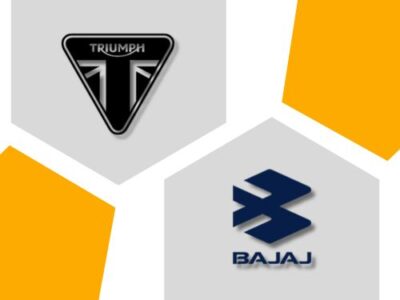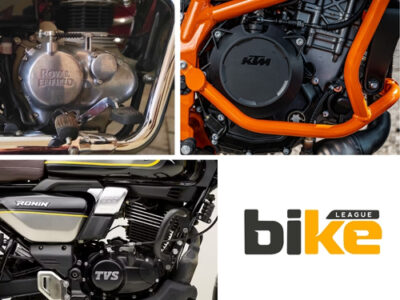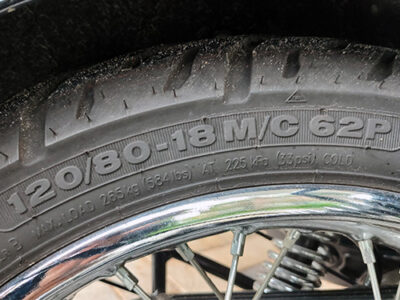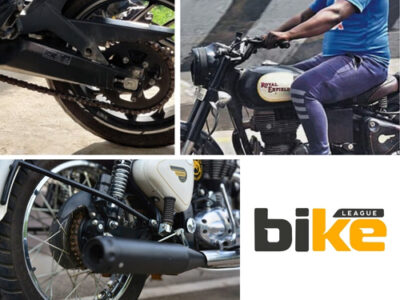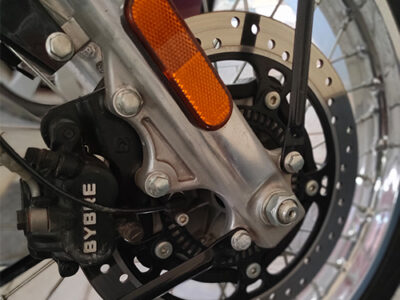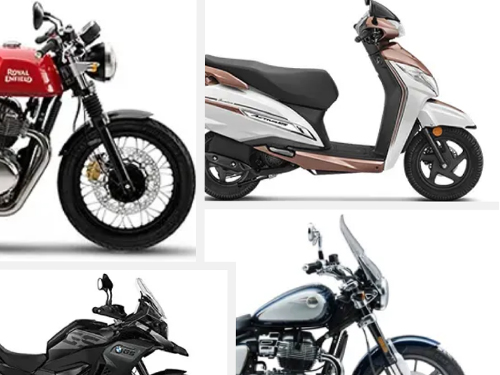
Motorcycles or two wheelers are India’s primary mode of transportation among most people, from very low-income to rich. Owning a motorcycle is a dream most people wish to come true. After the COVID-19 outbreak, the market share of two-wheelers has skyrocketed due to less confidence in using public traffic.
There has been a drastic change in the use of public transport compared to private vehicles. Most people in developing countries use motorcycles because maintenance costs are meagre. The monthly income for a family in India is insufficient compared to other countries.
There was a time in India when we had minimal models to choose from, like Bajaj Chetak, Royal Enfield, etc., in the 90s. However, after integrating the Indian economy with the world economy in 1991, things changed rapidly, and the market got flooded with several motorcycle companies bringing out various models.
There is fierce competition among companies to increase their existing market share, and they rely on multiple techniques.The primary approach deployed is to highlight various motorbike/motorcycle types in their portfolio, ensuring they capture the attention of different age groups, including women.
This article will discuss different types of motorcycles/motorbikes based on two parameters body style and fuel type.
Types of motorcycles/motorbikes based on body style
The main classification of motorcycles is based on the body style, and there are 14 types of motorcycles/motorbikes based on the same.
- Hyper Bike
- Super Bike or Supersport Bike
- Sports Bike
- Street Bike
- Cruiser
- Tourer
- Commuter
- Cafe Racer
- Scrambler
- Dirt Bike
- Adventure Bike
- Scooter
- Maxi scooter
- Moped
1. Hyper Bike
Hyperbikes, classified as motorcycles with engine displacements of 1001cc and above, are primarily engineered for achieving extremely high speeds while offering comfort for touring purposes. Hyperbikes tend to be heavier than superbikes, contributing to enhanced stability when riding at top speeds.
2. Superbike or Supersport Bike
Superbikes or Supersport bikes are racing bikes made street-legal to ride on our roads. They usually have engine capacities ranging from 600-1000cc. Most of these bikes have RR at the name end as it means (Racing Replica). Superbikes are purely performance-focused, as are their ultra-sporty ergonomics. Supersport bikes are also among the costliest ones to afford in India.
3. Sports Bike
Motorcycles with engine capacities ranging from 250cc to 1000cc are classified as Sports bikes. These bikes are not as sporty or performance-oriented as superbikes but provide a mix of performance and comfort. Torque output from sports bikes is usually higher than supersport bikes in the low rev range. Most sports bikes come with a full fairing.
4. Street Bike or naked bike
Street bikes are naked bikes with minimal or no fairing and engine capacities ranging from 125cc and above. They are also for paved roads in city traffic conditions. They have comfortable ergonomics and fuel efficiency that are better than those of sports bikes. Ground clearance is usually high, making them a go-to for beginners and enthusiasts.
5. Cruiser
Motorcycles meant for long-distance rides have the best ergonomics among the bikes. Engine capacity starts from around 250cc and above, ranging to 2000cc. The engine’s torque output is higher than the power output. That means it is never meant for high-revving rides but in the low and mid-rev ranges. The fairing is entirely absent in cruisers and possesses classic and retro styling. Cruisers are most suitable for paved roads.
6. Tourer
Tourers are cruisers who can also go offroading. They can handle both paved and offroads similarly. Tourers are equipped with many travel accessories, a major USP compared to cruisers. Styling is modern, and ergonomics are always comfortable. Tourer motorcycles are mostly semi-naked, and engine capacity is around 350cc and above.
7. Commuter
A commuter has an engine capacity ranging from 50cc to 150cc. These motorcycles have superior performance and comfort in city conditions. Commuters are for short city rides and are unsuitable for long and off-road rides. The commuters’ mileage is very healthy, and maintenance costs are minimal. Ergonomics is for city rides, is the most comfortable, and has basic features.
8. Cafe racer
A cafe racer is a bike that originated in London in the late fifties and early sixties. Cafe racers are standard production bikes modified by their owners and optimised for speed and handling for quick rides over short distances. They mostly rode on rides from biker café to biker café. And that’s how the name originated. The cafe racer styling is minimalist, symbolising calm and a reminder of the past.
9. Scrambler
Scrambler is an old term for a dirt bike with an engine capacity of up to about 650cc that is used on off-road tracks with low jumps and various obstacles. Compared to dirt bikes, these bikes can also comfortably be used on street roads. Dirt bikes are purely for off-roads. They have high ground clearance, taller suspension, spoked wheels, knobby tyres, and high exhaust pipes.
10. Dirt Bike
The most capable offroad bike and also the most offroad focussed. From the first look, you can clearly understand whether it is a dirt bike. Dirt bikes have a high suspension setup, massive ground clearance and elevated exhaust. Low kerb weight, superb handling capabilities and naked styling are the other characteristics of dirt bikes.
11. Adventure or ADV bikes
Adventure bikes are tourer bikes but with more suspension travel and offroad tyres. They are also known as all-purpose bikes, which can be ridden on all types of roads and long-distance rides. However, one thing to note is that this one is not meant for daily commutes. The engine capacity of ADV bikes starts from around 650cc and above.
12. Scooter
Scooters have engine capacity from 100cc to 150cc and are purely for city rides. Suppose there’s a platform to rest your feet for the rider while on the move; you are riding a scooter. They have extensive cargo handling capabilities and are gearless, too. Hence, the ride is very comfortable, but performance is minimal. The main USP of scooters is the excellent mileage and low maintenance cost, which makes them favourable among low and middle-income families.
13. Maxi scooter
Maxi scooters come mated with more significant engines ranging from 150cc and above to 850cc. They are the beefed-up version of conventional scooters. Maxi scooters are more comfortable, have space and storage, and are suitable for long distances compared to traditional scooters. Also, they have a long wheelbase and use a larger frame. Most maxi scooters also come with a windshield.
14. Moped
Mopeds are scooters that have an engine capacity of less than 50cc. In earlier times, it was a bicycle fitted with a motor, also known as a Motorized Pedal vehicle (Moped). That is how this name, Moped, originated. Mopeds have minimal capabilities and are suited for ultra-short city rides. The primary purpose of this bike is to carry small loads, and it has a decent amount of space to carry goods. Deficient maintenance and service cost is the big USP, along with superb mileage, which makes it worthy and a favourite in rural areas. This is also the cheapest among the motorcycles when considering the price.
Types of motorcycles/motorbikes based on fuel type
Also, types of motorcycles/motorbikes can be classified based on fuel type:
1. Petrol
Petrol motorcycles remain the most common type in India due to their established infrastructure and performance capabilities. However, due to environmental concerns, they are gradually being supplemented by alternative fuel types.
2. Flex-Fuel
Flex-fuel motorcycles can run on a blend of ethanol and petrol, offering a more environmentally friendly option than pure petrol engines. The Honda CB 300F is an example of a flex-fuel bike.
3. CNG
CNG motorcycles are emerging as a cost-effective and cleaner alternative to petrol bikes, with Bajaj leading the charge in this segment. An example of a CNG motorcycle is the Bajaj Freedom 125.
4. Electric
Electric motorcycles are gaining popularity due to their zero emissions and technological advancements, making them a sustainable choice for urban commuting.
5. Bio-Fueled
Bio-fueled motorcycles use renewable energy sources, offering a cleaner alternative to traditional fuels. The TVS Apache RTR 200 Fi E100 is an example of a flex-fuel bike.
Other related articles from Bikeleague India
- Solo motorcycle rides vs. group rides in India: Pros & cons
- Bike wash – Different types, procedures, precautions, FAQ
- Top 10 scooters with highest mileage in India
- Suzuki Gixxer SF 250
- Techo Electra Saathi
FAQ related to different types of motorcycles/motorbikes
1. Can I Use a Sports Bike for Long-Distance Travel?
While sports bikes are designed for speed and agility, they are not typically comfortable for long-distance travel due to their aggressive riding position and lack of storage.
2. Are Adventure Bikes Suitable for City Riding?
Adventure bikes can be used in the city. Still, their larger size and weight may make them less manoeuvrable in heavy traffic compared to smaller bikes like scooters.
3. Do Cruisers Offer Good Fuel Efficiency?
Cruisers generally have larger engines optimised for comfort and style rather than fuel efficiency, which can result in higher fuel consumption compared to smaller bikes.
4. Are Scooters Safe for Highway Use?
Scooters are primarily designed for urban commuting and may not be suitable for highway use due to their smaller engine sizes and lower top speeds.
5. What is the Difference Between a Streetfighter and a Naked Bike?
Streetfighters and naked bikes are similar, featuring minimalistic designs and exposed mechanical components. However, streetfighters often have more aggressive styling and performance-oriented features.
6. Can Off-Road Bikes Be Used on Paved Roads?
Off-road bikes can be used on paved roads, but they are optimised for rough terrains, which may affect their performance and comfort on smooth surfaces.
7. Are Electric Bikes a Viable Option in India?
Electric bikes are gaining popularity in India due to their environmental benefits and low running costs. However, their range and charging infrastructure may still concern some riders.
Conclusion
Here in this article, we have discussed different types of motorcycles or motorbikes based on
- Body style
- Fuel type
If you have any other questions or queries, email us at bikeleague2017@gmail.com. You can also share your doubts or opinions in the comments section below. We are always eager to help and assist you. Also, here are several social media platforms of Bikeleague India to raise your suspicions.

